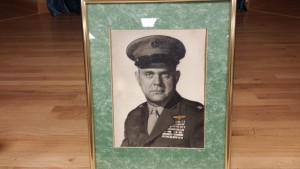The below post was sent by Doug Karr, a former Navy Second Class Petty Officer, who asked if I would share this information. He can be contacted at doug.karr.usn @ gmail.com for more information
Are Veterans at Risk for Mesothelioma?
Most people know that exposure to asbestos can create various health problems. This compound was used for many different reasons up until the mid-80s, and very few businesses warned their employees about the risks of exposure. However, today it is widely known that asbestos exposure can lead to such serious conditions as mesothelioma, or asbestos cancer.
Persons at High Risk
If people worked within such fields as maintenance, construction or sanitation when asbestos was widely used, they may have been exposed to it. However, recent research has proven that many military veterans have also been exposed to asbestos, especially those who worked on or repaired Navy ships. This leaves all of these persons with a high risk for mesothelioma.
How Were People Exposed to Asbestos?
The main reason asbestos was used years ago was because it helped make various compounds stronger. With that said, it was commonly found in many different construction supplies such as insulation, drywall, fireproofing materials, caulking and joint compounds.
Whenever people handled these materials by way of installations, sanding or removal, asbestos fibers were released into the air. With asbestos dust being so tiny, it was easy for people to inhale it, and it often remained in the air long after people were finished with their work.
Since the dust remained in the air so long, even people who were not involved with the construction work were often exposed to the chemical. People who unknowingly inhaled asbestos included cleanup crews, inspectors, sellers, buyers and even customers. The risks on navy ships were even greater.
The reason that seamen were more at risk was because of the tiny enclosed spaces onboard, which made it even easier for them to inhale asbestos fibers. In open spaces, asbestos has a chance to dissipate over time; however, this was not the case on navy ships. The fibers remained in the air, increasing people’s risks of developing mesothelioma.
Indirect Exposure
People who were in situations where they may have worked with asbestos directly, should certainly get tested for mesothelioma. However, even those who did not work with the chemical, but were in the vicinity at a time where they could have inhaled them, should be tested for asbestos cancer as well. This definitely includes veterans.
Many doctors suggest that even family members of people who were exposed to asbestos may be at risk. This is because asbestos fibers can cling to clothing for a long time, and they could dislodge in a totally different area from where the original contamination occurred.
How Does Mesothelioma Develop?
Years ago, when veterans inhaled these harmful fibers they did not know that the chemical could cause a deadly disease such as cancer. This is sad considering most construction product manufacturers knew that if people inhaled asbestos dust, they could develop cancer.
The mesothelium are mucus membranes that line most every organ in the human body. When people inhale asbestos fibers, the dust agitates the mesothelium, encouraging abnormal cell growth. Malignant mesothelioma is commonly found in the linings of the lungs; however, it has been known to develop in the heart and stomach as well.
What makes this form of cancer so deadly is that it can quickly spread throughout the body. While it begins as tiny tumors within the mesothelium, it tends to spread rapidly to surrounding tissues. It is essential to note that mesothelioma is not lung cancer; however, it can spread and develop into lung cancer.
Mesothelioma Legal Cases
If veterans or their family members have been diagnosed with mesothelioma, they should highly consider hiring a qualified attorney to help them get the compensation they deserve. Even though asbestos was banned years ago, it can take several years for mesothelioma to develop.
Mesothelioma is a deadly form of cancer that can affect people who were exposed to asbestos. Many of these people are veterans, and most of them served in the Navy. Since it can take several years for asbestos cancer to develop, it is best for people to be tested for the disease as soon as possible.

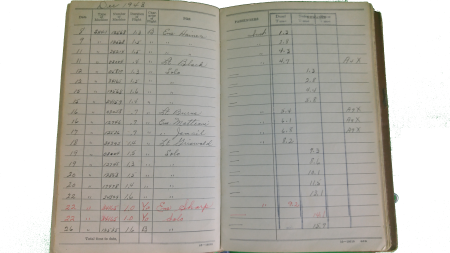 Click for a larger image
Click for a larger image
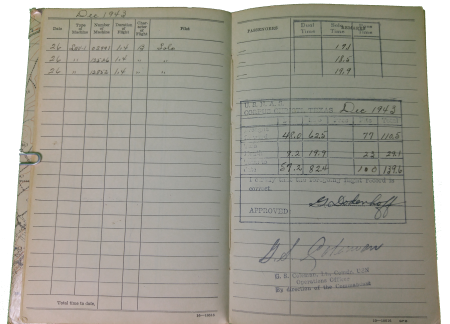 Click for a larger image
Click for a larger image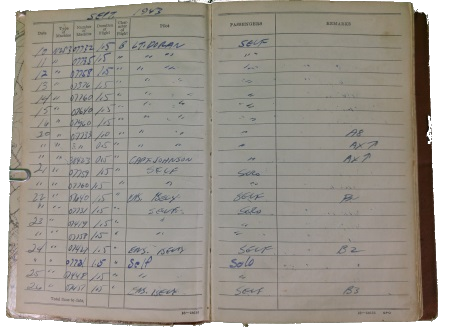 Click for a larger image
Click for a larger image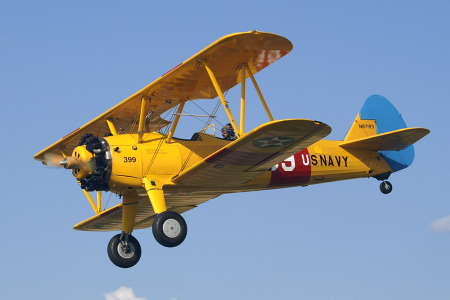 Click for a larger image
Click for a larger image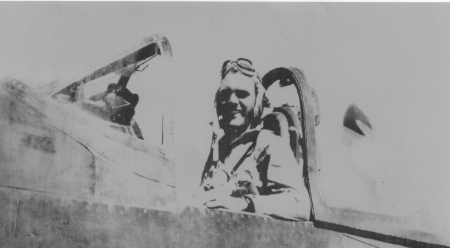 Click for the large image
Click for the large image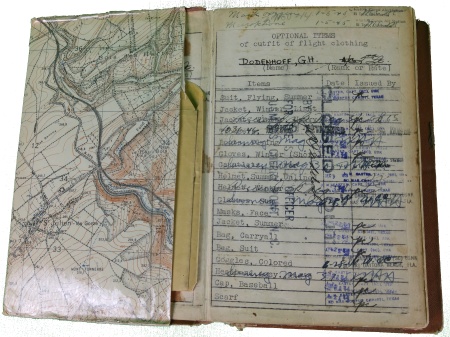 Click for a larger image
Click for a larger image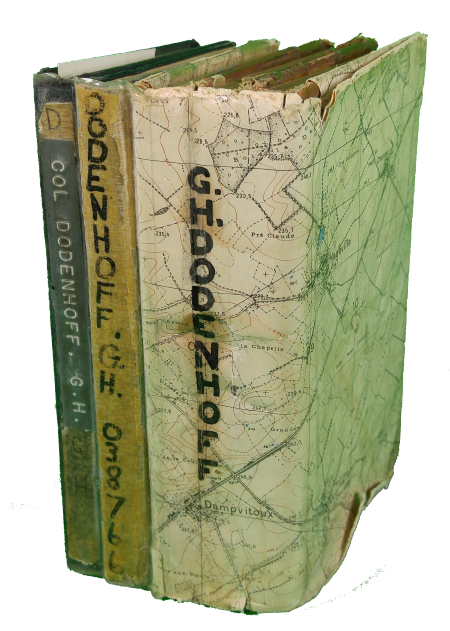 Click the picture for the full sized image
Click the picture for the full sized image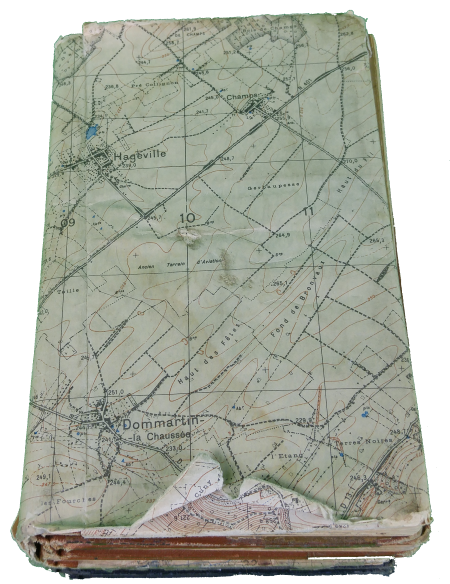 Click the picture for the full sized image
Click the picture for the full sized image